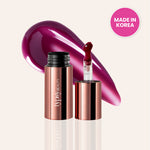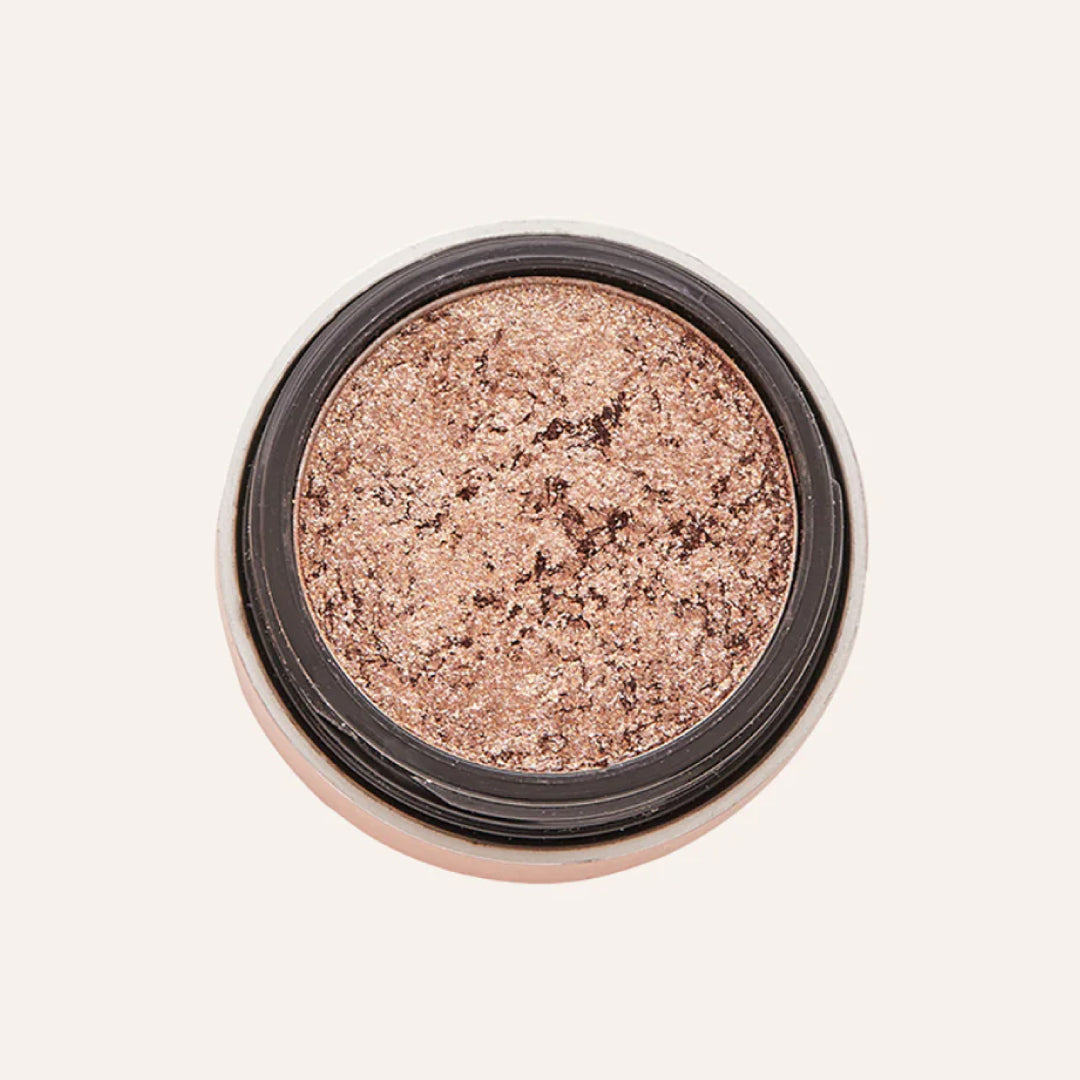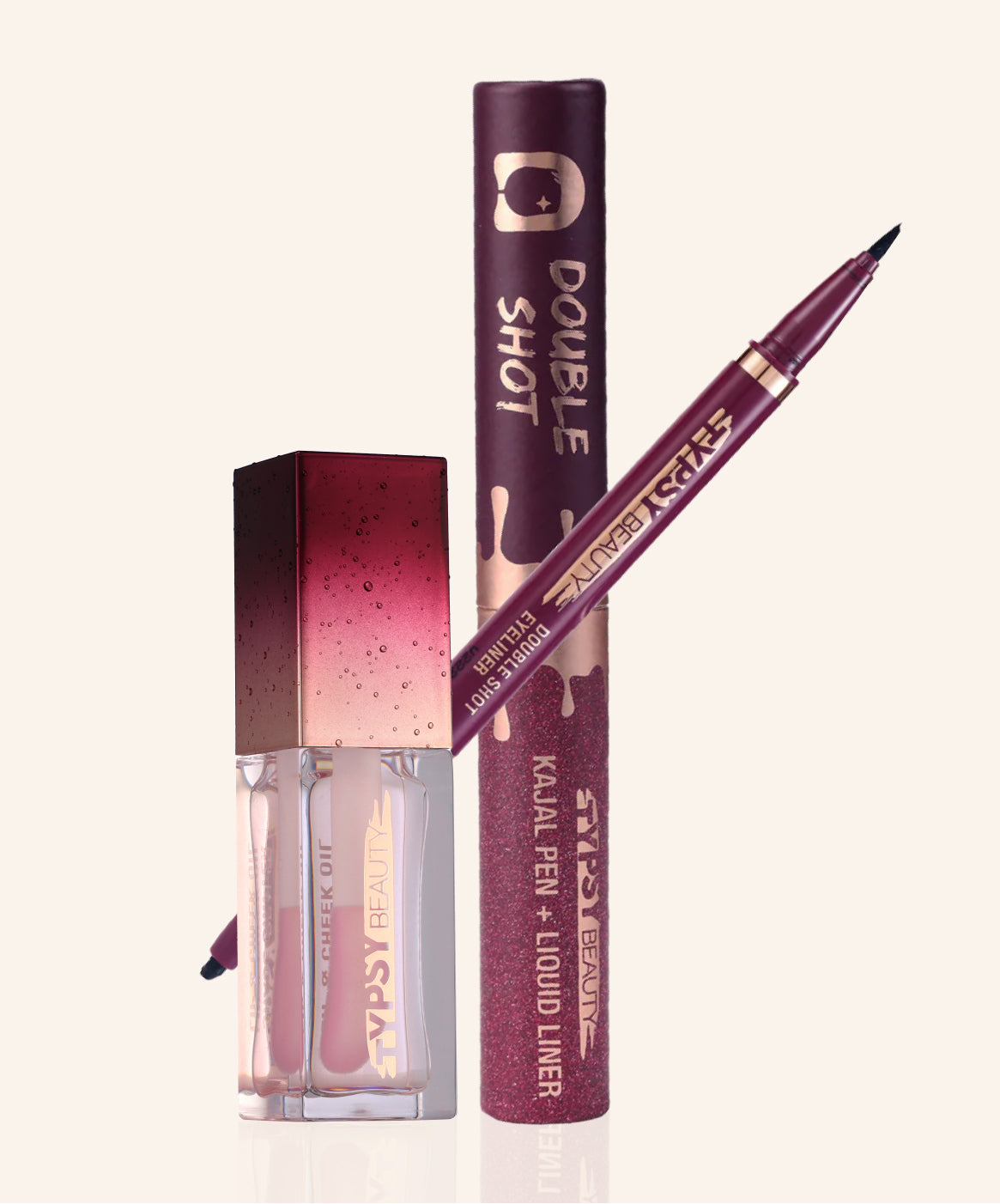- Flat 450 Off above 1799 | Flat 250 Off above 1399
- Flat 450 Off above 1799 | Flat 250 Off above 1399
- Flat 450 Off above 1799 | Flat 250 Off above 1399
- Flat 450 Off above 1799 | Flat 250 Off above 1399
- Flat 450 Off above 1799 | Flat 250 Off above 1399
- Flat 450 Off above 1799 | Flat 250 Off above 1399
- Flat 450 Off above 1799 | Flat 250 Off above 1399
- Flat 450 Off above 1799 | Flat 250 Off above 1399
- Flat 450 Off above 1799 | Flat 250 Off above 1399
- Flat 450 Off above 1799 | Flat 250 Off above 1399
- Flat 450 Off above 1799 | Flat 250 Off above 1399
- Flat 450 Off above 1799 | Flat 250 Off above 1399
How to Apply Blush: Tips and Tricks for Beginners
Maya Deiss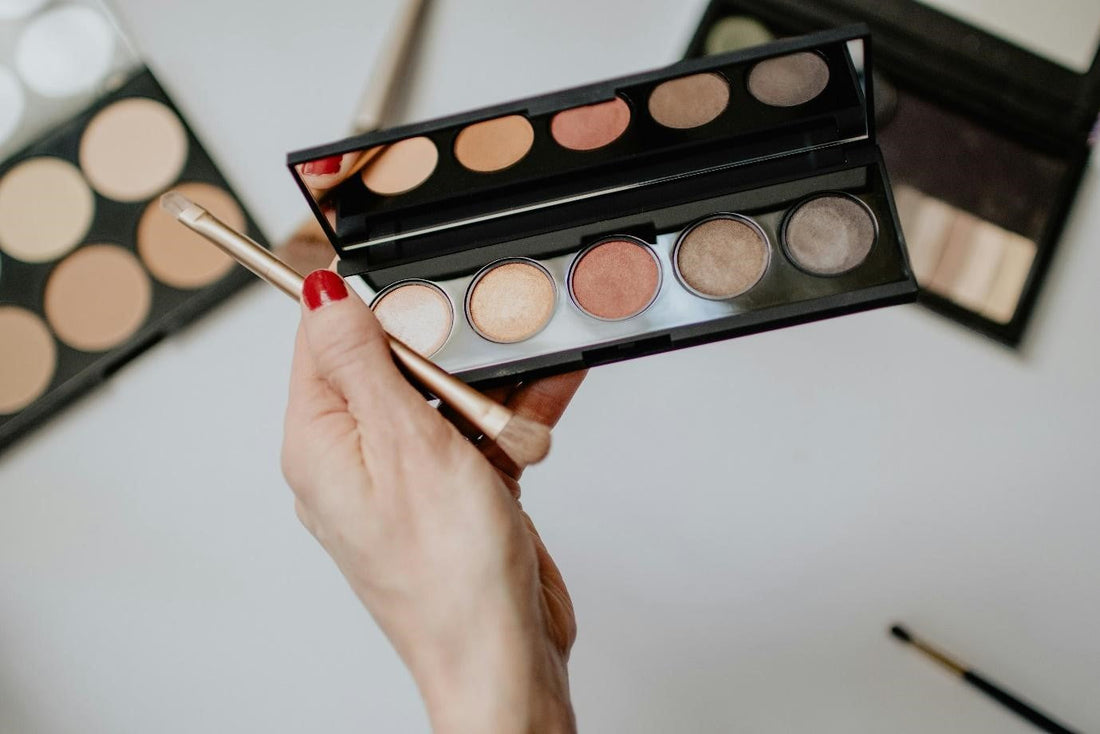
Blush application is one of those makeup steps that you might be afraid to try because you don’t want to look ridiculous or like a clown. (That’s what people usually say when you ask them why they’re hesitant to try blush.) Well, I have good news! Blush is one of those things that can take our face from cute to absolutely stunning. If you do it just right, there’s no shade to blush you can’t pull off.
Here's how to apply blush and keep it tasteful:
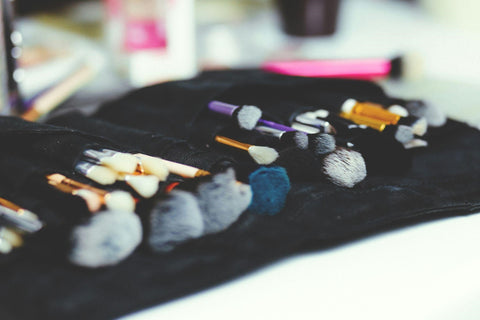
This should go without saying, but you must prep your skin properly before applying blush by cleansing, moisturizing, and using a primer if necessary. And not just before you apply blush, it should be the first step of every makeup routine – simple or full glam. This helps to create a smooth base and ensures the blush adheres evenly.
Secondly, blending is paramount to achieving a natural-looking blush. Here are some tips to help you blend your blush beautifully:
- Start with a light hand: It's easier to build up the color gradually rather than applying too much blush at once and having a way to blend it until it's subtle enough. Start with a small amount, blend it outwards, and add more as needed.
- Use circular motions: When blending blush into your skin, use circular motions to ensure an even distribution of color. This technique helps to avoid any harsh lines or patches of concentrated color.
- Blend upwards: Blending your blush toward the temples creates a lifted effect and a natural-looking flush. This technique helps to create a more youthful appearance. Nobody wants a saggy-looking face or finish. Makeup is meant to accentuate your features.
- Feather the edges: To create a seamless transition between the blush and your skin, feather the edges using a clean brush or a beauty blender. This helps to soften any harsh lines and gives a more natural finish. The goal is to make your cheeks look naturally flushed and perky.
Pro tip: Once satisfied with your blush application, step back and assess your blush in natural lighting to ensure it looks seamless and well-blended. If it’s night-time, you can try the coveted ‘flash test’ to ensure your blush looks smooth, light and flattering.
What are the top blush application mistakes that can result in a botched finish?
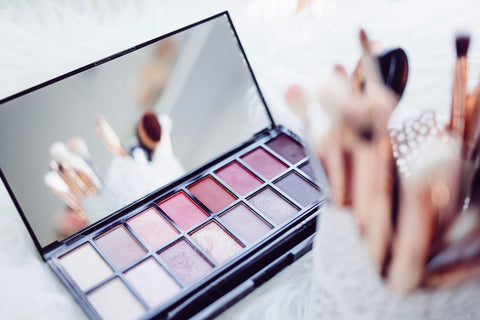
- Applying too much blush: Overloading your brush with blush or applying too much product at once can result in a heavy and unnatural appearance. Start with a small amount and build up the color gradually.
- Using the wrong shade for your skin: Choosing a blush shade that doesn't complement your skin tone can make your complexion look unappealing or unnatural. Consider your undertones and experiment with different shades to find the one that suits your skin.
- Skipping blending: Blending is essential for a natural-looking blush. Skipping this step can result in harsh lines and patchy application. Take the time to blend your blush correctly for a seamless finish.
- Neglecting to clean your brushes: Using dirty brushes can affect the performance and application of your blush. Regularly clean your brushes to ensure optimal blending and prevent any buildup of product or bacteria. You don’t want the color from a previous application or other products to change the shade you pick.
Should your skin type determine the kind of blush you apply?
Absolutely! Blush application can vary depending on your skin type. While you can start with any blush, it's better to know which one will flatter and compliment your skin more.
- Dry skin: Opt for cream or liquid blush formulations. These formulas provide hydration and blend seamlessly into the skin. Apply with your fingers or a damp beauty blender for a natural-looking finish.
- Oily skin: For oily skin, powder blush is the best option as it helps absorb excess oil and provides a longer-lasting finish. Use a fluffy brush to apply the blush, and consider setting it with a translucent powder to increase its longevity.
- Combination skin: You can choose between cream, liquid, or powder blush formulations based on your preference. Consider using a primer before applying blush to ensure a smooth canvas and increase the product's longevity.
Mastering the art of blush application is all about understanding your face shape, choosing the right tools and products, and blending to perfection. With practice, you can create a natural-looking flush that enhances your best features and complements your overall makeup look. So experiment and have fun with blush – it's a flirty and perky tool in your makeup kit!






